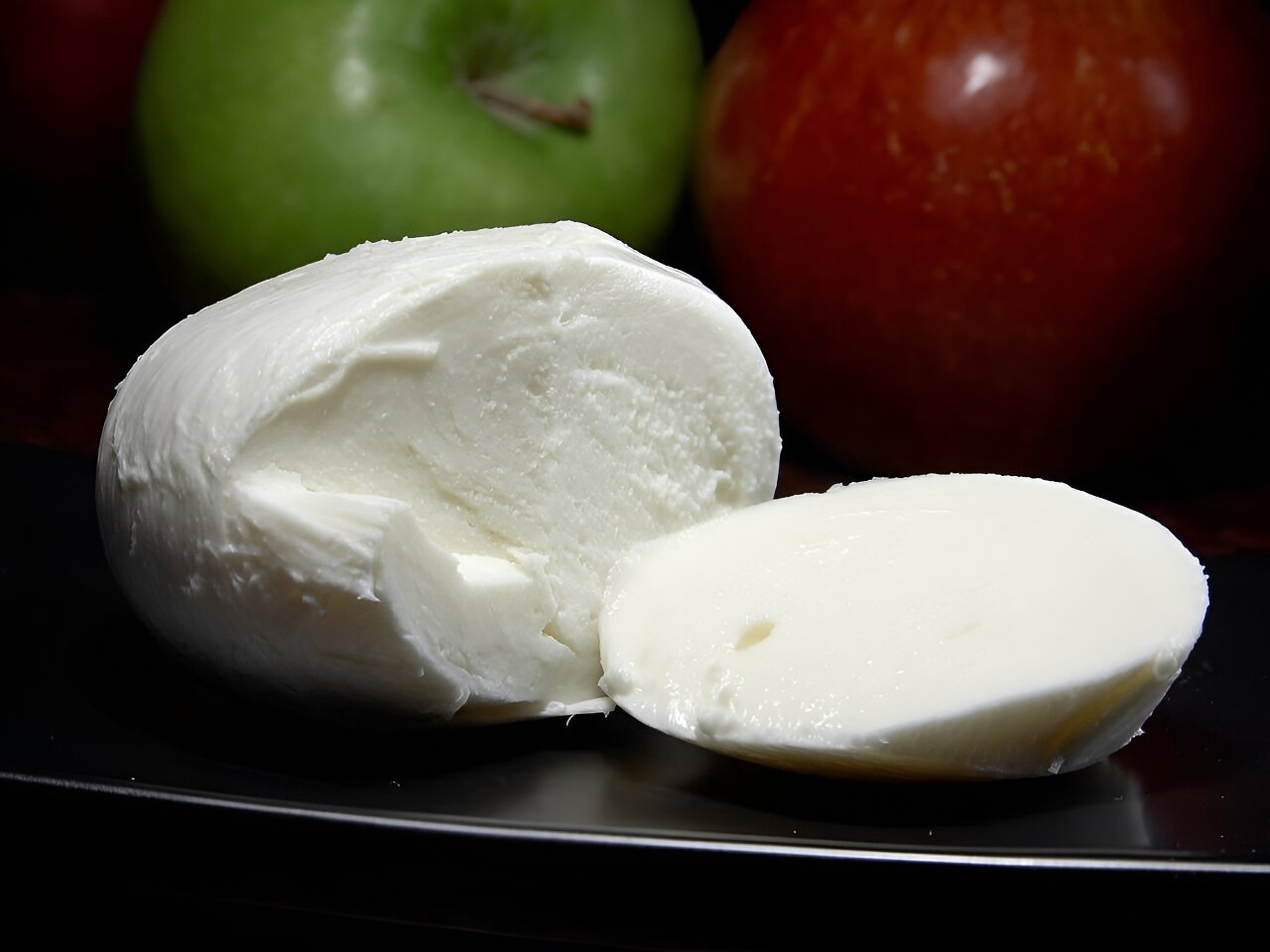Mozzarella goes beyond being a mere pizza topping. Buffalo mozzarella, a distinctive Italian cheese from Campania, has been recognized as a delicacy and protected under EU law for almost 30 years. So, what sets this mozzarella apart? The ingredients are simple: water buffalo milk, rennet, and natural whey starter, processed using fresh water and brine.
However, it is the natural whey starter that contains the essential microbes for mozzarella production. Scientists from Italy utilized high-throughput 16S rRNA amplicon sequencing, a technology that provides a detailed understanding of the presence and proportions of microbes, to investigate how these microbes contribute to mozzarella production.
“This study sheds light on the intricate interactions of microorganisms throughout the manufacturing process and fosters a deeper understanding of the craftsmanship behind this esteemed Italian cheese,” said Dr. Alessia Levante of the University of Parma, the lead author of the study published in Frontiers in Microbiology.
The Microscopic World of Mozzarella
To receive protected designation of origin (PDO) status, buffalo mozzarella must adhere to a specific recipe. Raw or pasteurized water buffalo milk is heated and combined with rennet and natural whey starter. This starter accelerates the acidification of the curd, bringing it to the optimal pH level and making it elastic enough to be molded.
The curds are ripened for about four hours until they reach the desired pH level, at which point they become stretchy and can be molded under boiling water. The curds are then hardened under running water and immersed in brine. Minor variations in this process distinguish the products of different dairies.
To investigate the role of bacteria, particularly whether it differs between traditional and modern dairies, Levante and her team selected two dairies in Campania that produce mozzarella qualifying for PDO status. One dairy used modern technology and was larger in scale, while the other used traditional processes and was smaller in scale. The researchers collected samples of milk, natural whey starter, cheese curd before stretching, brine, and mozzarella from both dairies.
“While both dairies produced PDO mozzarella di bufala Campana, subtle variations, such as temperature and duration of processes, influenced the cheese’s microbial composition and potentially impacted organoleptic properties,” explained Levante.
Bacteria Take a Slice of the Action
The team conducted 16S rRNA amplicon gene sequencing on 19 concentrated samples. This sequencing method involves analyzing the DNA of a sample and amplifying specific regions of a highly variable gene to identify microbe species and their proportions.
The researchers discovered that the pasteurized milk used by the modern dairy introduced fewer microbes and species compared to the thermized milk used by the traditional dairy. However, the brine samples were as rich in species diversity as the processed cheese samples. During the curd process, a small number of species developed and dominated.
Both sets of samples were dominated by microbes from the Lactobacillus and Streptococcus genera. The natural whey starter from the traditional dairy had roughly equal abundance of both, while the modern dairy used a natural whey starter dominated by Streptococcus. Some species within each genus were specific to each dairy. After curdling, Lactobacillus increased in both sets of samples, while Streptococcus decreased, possibly due to the elimination of thermal stress during the stretching process.
The brine also contributed to microbial diversity, adding new microbes to the external layer of the cheese. However, not all the microbes in the brine appeared in the cheese. This may be because they are not suited to living on the cheese or because they develop later in the cheese’s shelf-life, after the samples were taken. Despite the multitude of microbial species available in the milk and brine, it appears that the natural whey starter has the most significant influence on the microbial composition of mozzarella.
“We are planning a larger project to further investigate the role of raw buffalo’s milk in defining the microbiota,” said Levante. “This study’s scope was limited to two dairies and a specific sampling size. Future research aims to encompass a larger number of producers and manufacturing days to provide more comprehensive insights into the microbial intricacies of traditional food production.”
More information:
Alessia Levante et al, The microbiota of Mozzarella di Bufala Campana PDO cheese: a study across the manufacturing process, Frontiers in Microbiology (2023). DOI: 10.3389/fmicb.2023.1196879
Citation:
Scientists pinpoint the microbes essential to making traditional mozzarella (2023, August 15)
retrieved 15 August 2023
from https://phys.org/news/2023-08-scientists-microbes-essential-traditional-mozzarella.html
This document is subject to copyright. Apart from any fair dealing for the purpose of private study or research, no
part may be reproduced without the written permission. The content is provided for information purposes only.
Denial of responsibility! SamacharCentrl is an automatic aggregator of Global media. In each content, the hyperlink to the primary source is specified. All trademarks belong to their rightful owners, and all materials to their authors. For any complaint, please reach us at – [email protected]. We will take necessary action within 24 hours.

Shambhu Kumar is a science communicator, making complex scientific topics accessible to all. His articles explore breakthroughs in various scientific disciplines, from space exploration to cutting-edge research.


